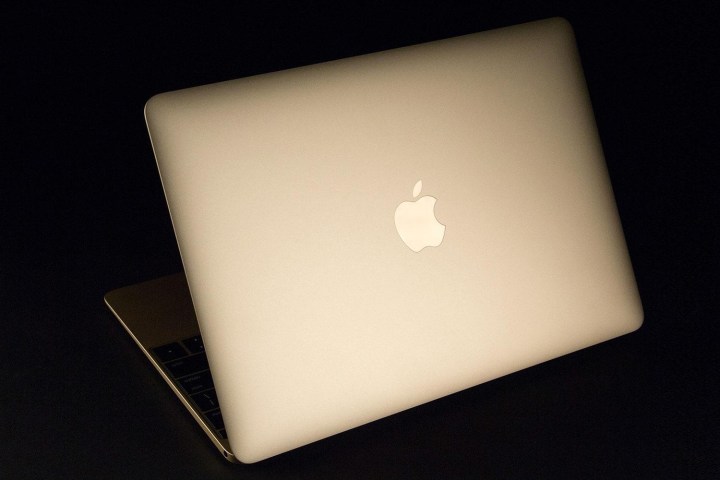
Despite being announced back in March, it’s only now that the laptop is being made available for personal pick-up in Apple Store locations across the United States. Previously, you would have had to rely on the device being in stock as a walk-in customer.
However, even now the personal pick-up option is less than reliable. Different colour variants and hard drive configurations may not be in stock in the location nearest to you, according to a report from Mac Rumors.
It seems that Apple is suffering from something of a shortage of its new MacBook. While it is possible to buy the device from one of their stores, it will take some luck — for the most part, retail locations around the world have only a display model, rather than any actual stock for sale.
Shipping estimates for the online Apple Store suggest customers will have to wait a minimum of 1-2 weeks to receive their MacBook. Meanwhile, the MacBook Air and MacBook Pro are both available for purchase with shipping estimates of just one business day.
It’s difficult to say just what’s causing this shortage of the new MacBook model. It could be that demand is so high that Apple can’t keep up, but it could also be a signal that people are more interested in the other products in the MacBook line, and the company is re-configuring production to match that demand. Either way, if you’re looking to invest in the new MacBook in the near future, factor in a two-week wait.

